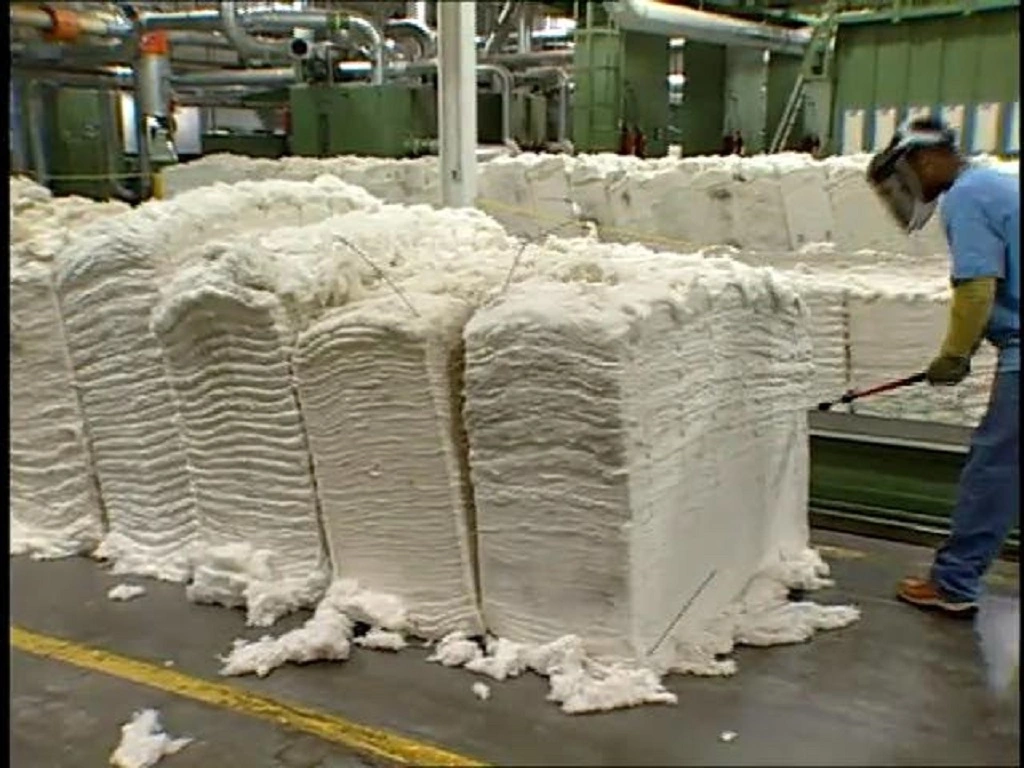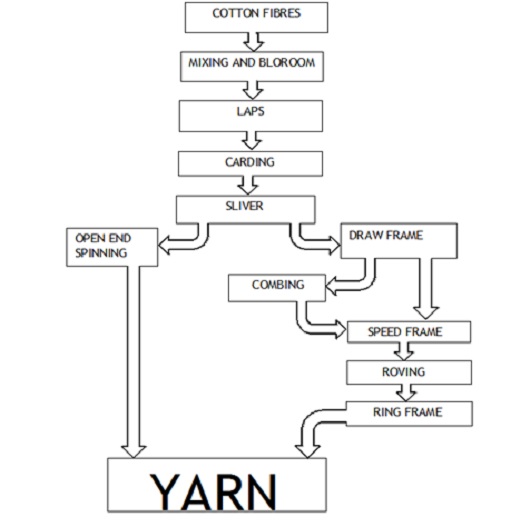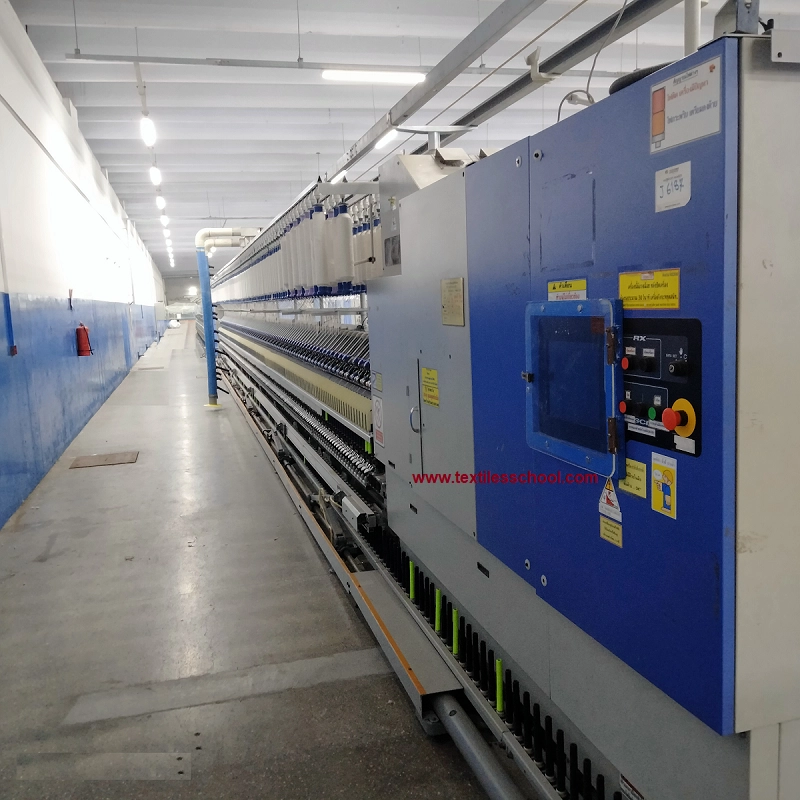Commonly used fiber and yarn depend upon characteristics of the fabric, end used, and market demand. Common fiber types and yarn Include natural fibers like cotton, wool, silk, linen, cashmere, mohair, angora, hemp, and synthetic fiber like polyester nylon, acrylic, and spandex. Also sustainable and eco-friendly fibers like organic cotton, recycled polyester, tencel, and bamboo. We can add some performance fiber such as moisture wicking, thermal resistance, activewear, microfiber, and specialty fiber such as merino wool, Supima cotton
The most commonly used base fibers are
Commonly Used Fiber Types
Here are the most commonly used fibers list in the world for the apparel industry:
Natural Fibers
- Cotton (60-70% of global production)
- Wool (10-15%)
- Silk (2-3%)
- Linen (2-3%)
- Cashmere
- Mohair
- Angora
- Hemp
Synthetic Fibers
- Polyester (50-60% of global production)
- Nylon (20-30%)
- Acrylic (10-20%)
- Spandex (5-10%)
- Olefin
- Polyamide
Blended Fibers
- Polyester-Cotton blends (e.g., 60% Polyester, 40% Cotton)
- Nylon-Polyester blends
- Acrylic-Wool blends
- Cotton-Linen blends
Sustainable and Eco-Friendly Fibers
- Organic Cotton
- Recycled Polyester
- Tencel (Lyocell fiber)
- Bamboo
- Soybean fiber
- Hemp
- Pinatex (Pineapple leaf fiber)
Specialty Fibers
- Merino Wool (temperature-regulating)
- Supima Cotton (extra-long staple cotton)
- Egyptian Cotton (high-quality cotton)
- Cashmere (luxurious, soft, and warm)
- Silk blends (e.g., silk-cotton, silk wool)
Performance Fibers
- Moisture-wicking fibers (e.g., polyester, nylon)
- Quick-drying fibers (e.g., polyester, nylon)
- Stretch fibers (e.g., spandex, elastane)
- Thermal insulation fibers (e.g., polyester, nylon)
These fibers are used to create various apparel products, such as:
- Casual wear (t-shirts, jeans)
- Activewear (sportswear, athletic wear)
- Formal wear (suits, dresses)
- Outerwear (coats, jackets)
- Intimate apparel (lingerie, underwear).
Commonly used yarn types
Globel textile industries use various yarn ranges and desired characteristics depending upon yarn construction, end-use, and market demand. Here we enlist common types;
Natural Fiber Yarns
- Cotton yarn (most widely used)
- Wool yarn
- Silk yarn
- Linen yarn
- Hemp yarn
Synthetic Fiber Yarns
- Polyester yarn
- Nylon yarn
- Acrylic yarn
- Spandex yarn
- Polyamide yarn
Blended Yarns
- Polyester-Cotton (PC) yarn
- Polyester-viscose (PV) yarn
- Cotton-polyester (CP) yarn
- Acrylic wool (AW) yarn
- Nylon-polyester (NP) yarn
Specialty Yarns
- Mercerized cotton yarn
- Slub yarn (for textured fabrics)
- Twist yarn (for durability)
- Chenille yarn (for soft, fuzzy fabrics)
- Bouclé yarn (for looped, textured fabrics)
Count and Weight
Yarns are classified by count (thickness) and weight:
- Ne (Number English) count: measures yarn thickness (e.g., 20Ne, 30Ne)
- Tex count: measures yarn weight (e.g., 10tex, 20tex)
- Denier (D): measures yarn weight (e.g., 100D, 200D)
Common Yarn Counts in Pakistan and India
- 10Ne to 40Ne (coarse to medium)
- 50Ne to 80Ne (medium to fine)
- 100Ne to 200Ne (fine to superfine)
Textile Mills in Pakistan
Some prominent textile mills in Pakistan include:
- Faisalabad-based mills (e.g., Nishat Textile Mills, Sapphire Textile Mills, Masood Textile, Interloop Textile,)
- Lahore-based mills (e.g., Lahore Textile Mills, Gul Ahmed Textile Mills) Sapphire Textile, Nishat Textile, Moiz, DIn Group
- Karachi-based mills (e.g., Karachi Textile Mills, Artistic Milliners)



